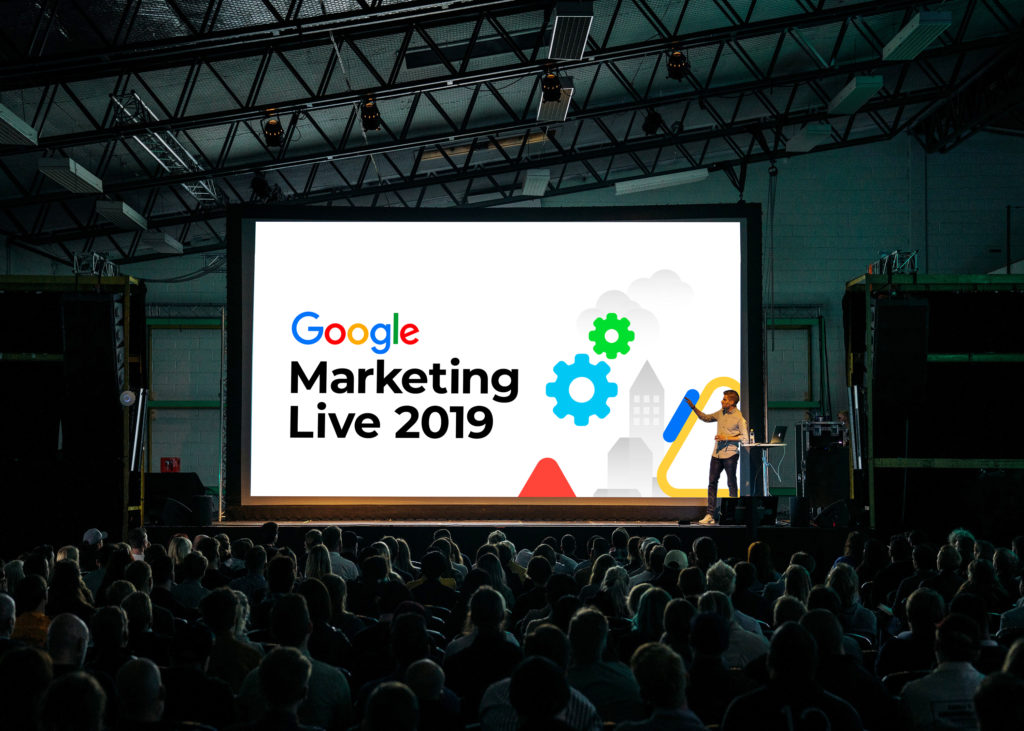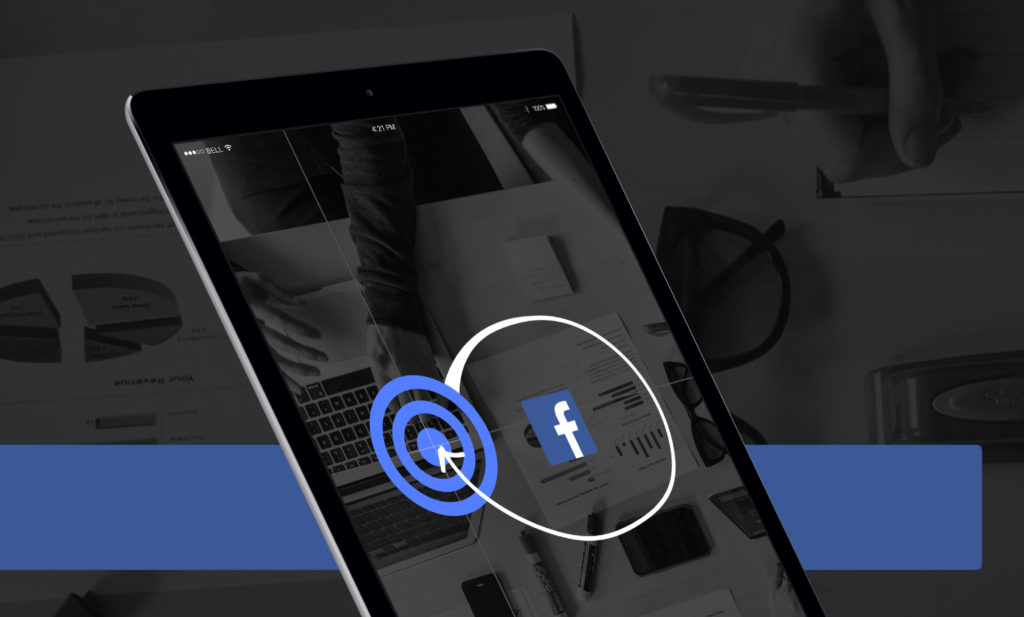Imagine a world without keyword targeting, where the ad platform determines the right content for the right user intent based on context clues of touchpoints across the internet. As we saw at Google Marketing Live last week in San Francisco, that future is closer than we may think.
From disrupting the linear TV buying industry to machine learning that can edit your videos on the spot, it’s apparent that Google is paving the way into the future with automation as the motor.
Global Site Tags to Collect First Party Hashed Data
As an agency, one of our biggest targeting challenges is getting first party customer data for targeting, anti-targeting, and developing similar audiences. From privacy concerns to compliance restrictions to the data transfer workflow, there are many reasons clients are hesitant to share this data.
Luckily for us, Google is stepping in to collect and hash first party customer data directly from existing website forms and distribute into customer match lists on Google Ads through the Global Site Tag, meaning no tagging or tracking updates are required for clients.
Marketers will be able to assign attributes in the backend to tell the engine which customer match lists to add the user to. For example, you can build attributes based on when a user filled out a form to determine which list they should be added to (a user from a year ago might not be as valuable as a user who filled out a form a week ago). Other attributes could be product selection or zip code entered on form. There is no need to be concerned about bot traffic or junk submissions since Google will not be able to match these back to a specific gmail user.
This advancement towards seamlessly collecting and storing first party data in a privacy-first, secure method will allow us to advance our existing targeting and find new insights about our customers.
More to be announced in upcoming months.
TV Buying Through Display and Video 360
For years there has been a disconnect between traditional and digital marketing. Linear TV buys seem to happen in a silo, separate from the reporting and scale of digital campaigns.
One exciting announcement at Google Marketing Live was that advertisers will now be able to buy linear TV programmatically. Agencies and clients can now target traditional TV viewers by buying inventory on national broadcast and cable networks and thousands of local TV stations through Display and Video 360 (formerly DoubleClick). In addition, marketers will be able to set up detailed campaign parameters such as geography, daypart, program genre, or TV network directly and optimize and adjust these parameters in real time.
This will allow digital marketers to purchase and report on TV inventory alongside their other digital buys, streamlining the process by merging traditional and digital buys.
Rolling out Fall 2019.
Machine Learning for Video Creation
In order to be effective, videos need to be short and engaging. 6-second bumper ads are one of the top YouTube ad formats for mobile, but Google that found marketers were having a tough time finding budget to edit videos into this short format to be catchy and still tell their message.
Google’s solution: the Google Ads ‘Bumper Machine,’ which will soon be available in platform to dynamically create 6-second video ads from existing videos at no extra cost.
Marketers will simply have to link to an existing video under 90 seconds and the algorithm will generate three to four 6-second videos using signals on contrast, face recognition, and imagery. Basic editing features will also allow advertisers to customize audio and visuals.
This will be a fast and free way to create mobile-friendly bumper ads and test into video ad sequencing, which according to case studies from Google increased ad recall by 127%.
Available in beta in coming months.
Attribution Models for Search, Shopping & YouTube
You can’t have a conference with 5000+ marketers in the room from around the world and not talk about attribution, an area where every client wants more visibility but roadblocks like cost and level of effort can prevent implementation.
It’s not surprising then that Google announced additional attribution reporting to show touchpoints across campaign type. The Top Paths Report will show how users are interacting across YouTube, Search, and Shopping campaigns and include metrics such as engaged views and assisted conversions. Marketers will also be able to view and segment assisted conversions by channel, campaign, and creative.
In addition to reporting, assisted conversions and store visits will soon be incorporated into the data-driven attribution model for bidding and optimizations.
With this more robust reporting and data feeding into real-time bidding, advertisers will be able to more easily show and optimize for the conversion journey across touchpoints and ad spend, which will help justify additional investment in upper-funnel tactics.
In beta in coming months.
—
Our team is excited about these updates, and we’re looking forward to testing these innovative targeting features and ad capabilities in 2019 to deliver even more digital marketing value to our clients.
To deepen your performance marketing and improve campaign return on investment, contact us to get started.






